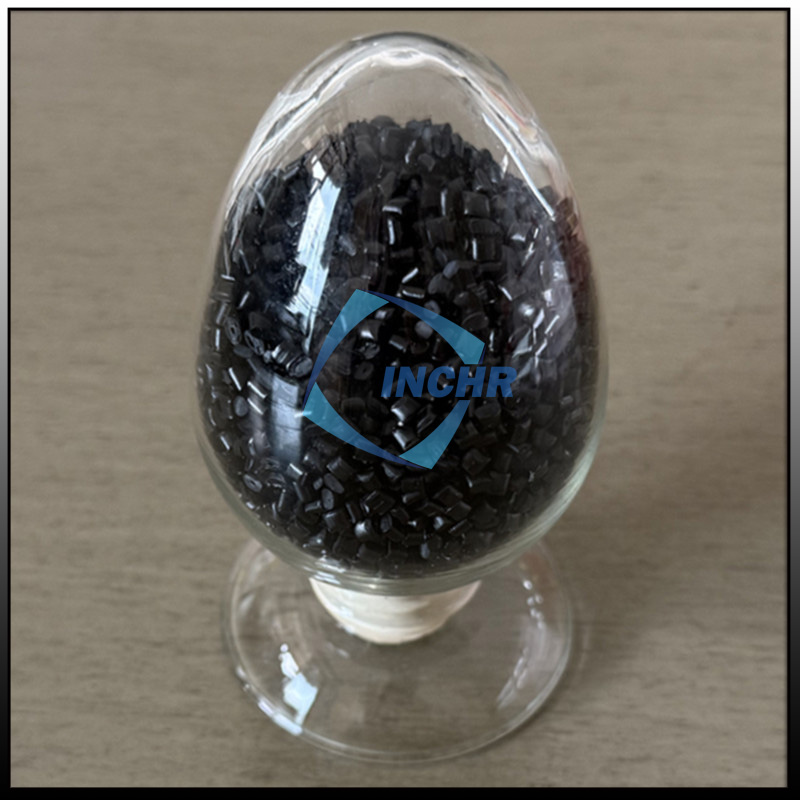Introduction
In the quest for materials that combine strength, lightweight design, and versatility, carbon fiber reinforced nylon (CFRN) has emerged as a frontrunner. This advanced composite is reshaping industries by offering unparalleled performance in demanding applications, from robotics to aerospace. In this article, we explore its unique properties, diverse applications, and why engineers worldwide are embracing this innovation.

What is Carbon Fiber Reinforced Nylon?
Carbon fiber reinforced nylon is a composite material blending polyamide (nylon) with carbon fibers, typically comprising 10-40% fiber content. The synergy between nylon’s flexibility and carbon fiber’s rigidity creates a material that outperforms traditional metals and plastics.
Key Properties:
High Strength-to-Weight Ratio: 50% lighter than aluminum yet stronger than steel in specific applications.
Thermal Stability: Resists deformation at temperatures up to 200°C (392°F).
Chemical Resistance: Withstands oils, solvents, and UV exposure.
Vibration Damping: Reduces noise and fatigue in dynamic systems.
Why Choose Carbon Fiber Reinforced Nylon?
1. Lightweighting Without Compromise
Industries such as automotive and robotics prioritize weight reduction to enhance efficiency. CFRN cuts component weight by 20-40% compared to metals, improving energy efficiency and operational speed. For example, lightweight robotic arms consume less power while maintaining payload capacity.
2. Superior Durability
Carbon fibers provide exceptional tensile strength, making CFRN ideal for high-stress environments. In aerospace, it’s used for drone frames that endure harsh weather, while in automotive, it strengthens under-the-hood components exposed to heat and vibration.
3. Design Flexibility
Unlike metals, CFRN can be molded into complex shapes via injection molding or 3D printing. This allows engineers to create streamlined, aerodynamic designs for drones or ergonomic medical devices that conform to human anatomy.
4. Sustainability Edge
Modern CFRN variants incorporate recycled nylon and recyclable matrices, aligning with global sustainability goals. Companies like BASF and Arkema now offer bio-based nylons paired with reclaimed carbon fibers.
Applications of Carbon Fiber Reinforced Nylon
1. Robotics and Automation
Collaborative Robots (Cobots): Lightweight shells reduce collision risks and improve safety.
Industrial Arms: Enhanced load-bearing capacity for precision tasks in manufacturing.
Exoskeletons: Durable yet comfortable frames for medical or industrial use.
2. Automotive Innovation
Electric Vehicles (EVs): Battery housings and structural components to offset battery weight.
Performance Parts: Gear components and turbocharger housings that resist heat and wear.
3. Aerospace and Drones
Drone Frames: High stiffness for stable flight in windy conditions.
Satellite Components: Radiation-resistant parts for space applications.
4. Medical Devices
Prosthetics: Lightweight, corrosion-resistant limbs for enhanced mobility.
Surgical Tools: Sterilizable instruments with precision-molded edges.
Overcoming Challenges: Innovations in Carbon Fiber Reinforced Nylon
While CFRN offers immense benefits, challenges like high costs and fiber dispersion during molding persist. Recent advancements address these issues:
Hybrid Composites: Combining carbon fibers with glass fibers or natural fibers (e.g., flax) to reduce costs while retaining performance.
AI-Optimized Manufacturing: Machine learning algorithms predict optimal fiber alignment during injection molding, minimizing waste.
Localized Production: Partnerships with Asian carbon fiber suppliers have lowered material costs by 15-20% since 2023.
Market Trends and Future Outlook
The global carbon fiber-reinforced plastics market is projected to grow at a CAGR of 9.2% from 2024 to 2030 (Grand View Research). Key drivers include:
5G and IoT: Demand for lightweight, durable components in smart devices.
Circular Economy: Recyclable CFRN grades gaining traction in Europe and North America.
Additive Manufacturing: 3D-printed CFRN parts enabling rapid prototyping for startups.
Industry leaders predict that by 2030, CFRN will dominate 40% of the high-performance plastics market, particularly in robotics and EV sectors.
How to Implement CFRN in Your Projects
Partner with Specialized Suppliers: Collaborate with manufacturers offering tailored CFRN blends for your industry.
Leverage Simulation Tools: Use FEA (Finite Element Analysis) software to test material performance digitally.
Prioritize Sustainability: Opt for recyclable or bio-based composites to meet ESG standards.
Conclusion
Carbon fiber reinforced nylon is more than a material—it’s a catalyst for innovation. Its unmatched blend of strength, lightweight design, and adaptability positions it as a cornerstone of modern engineering. As industries evolve toward smarter, greener solutions, CFRN stands ready to meet tomorrow’s challenges.




